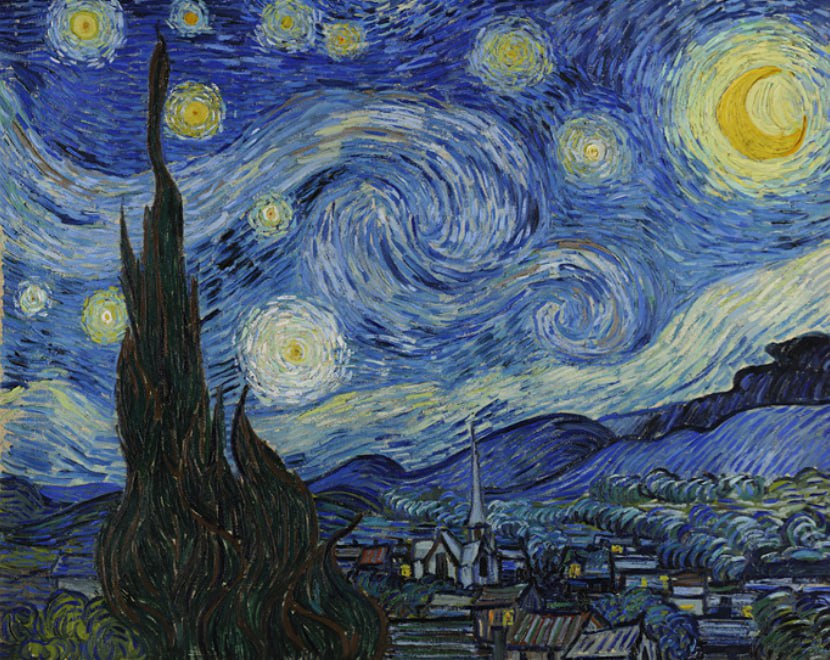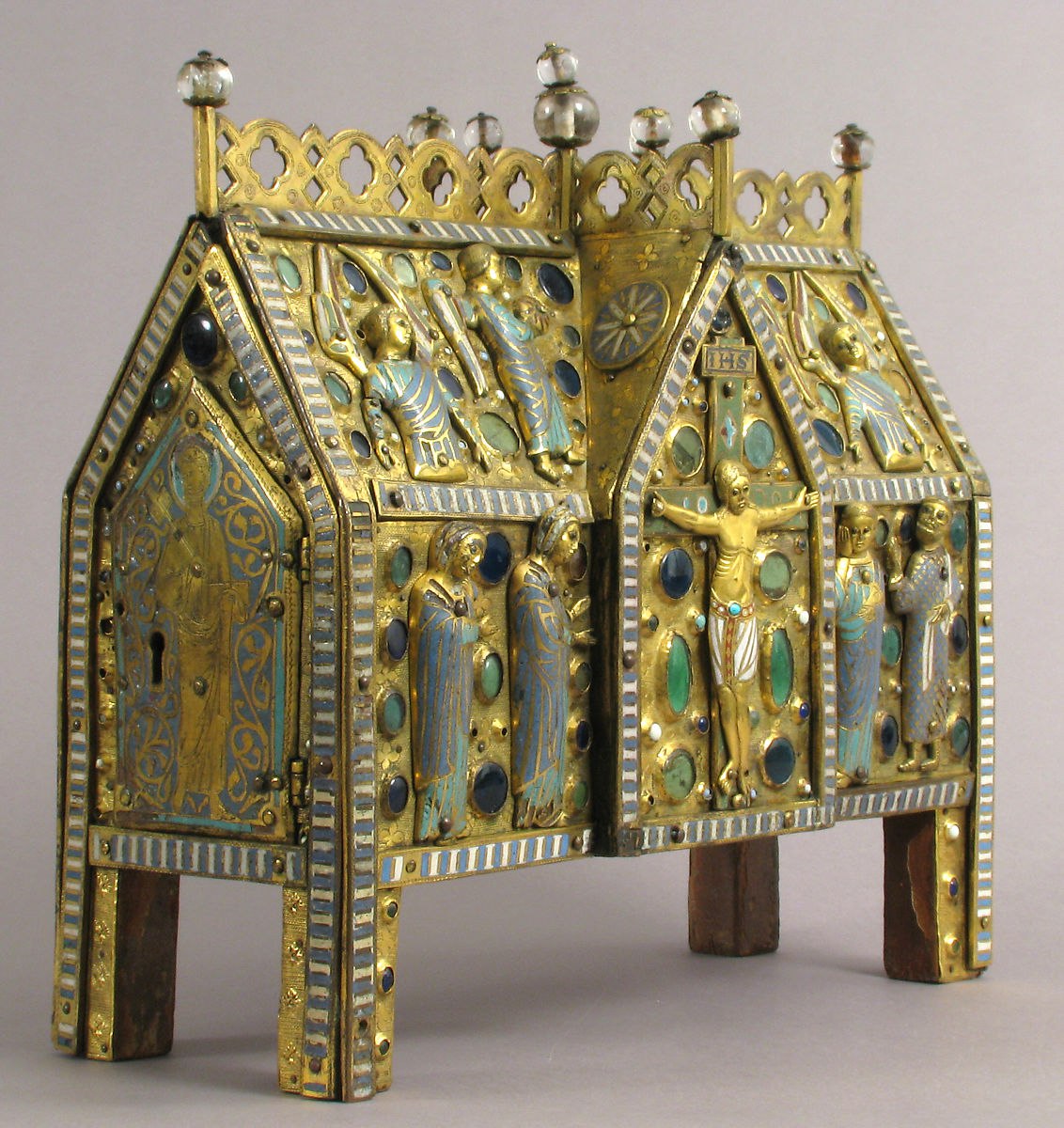The Church taught that if sin entered the world through the first woman, Eve, then salvation from sin also entered through Our Lady Mary, for the atoning death of Jesus Christ was only possible after His earthly birth by Mary. In the East for the first time Her name was given to temples (4th century), Her images were painted, and church festivals were introduced in Her honor (5th century). The Council of Ephesus in the East in 431 deemed it possible to call the Virgin Mary “the Mother of God”. Thus the cult of the Virgin Mary merged with the basic tenets of early Christianity and took a prominent place in this new religion.
The first known sculptural image of Our Lady, the so-called Golden Virgin of Essen, was commissioned by the granddaughter of Otto II, Abbess Matilda, presumably around 980. This is how the sculpture returned to art. The Virgin and Child in Greatness ca. 1175-1200 In medieval sculpture, individual body parts were often highlighted to convey meaning. Here Mary’s huge hands direct our attention to Jesus, seated on his mother’s lap. This type of sculpture, very popular in the twelfth century, is known as the Throne of Wisdom. As a miniature adult, Jesus as the Son of God is the embodiment of Wisdom. He would grab the Bible, another reference to the concept of divine wisdom he embodies. Mary is both a sculpture and a vessel: her body has a cavity behind her shoulder, suggesting that the work was a receptacle for holy relics. Such religious statues may have been carried in church processions.
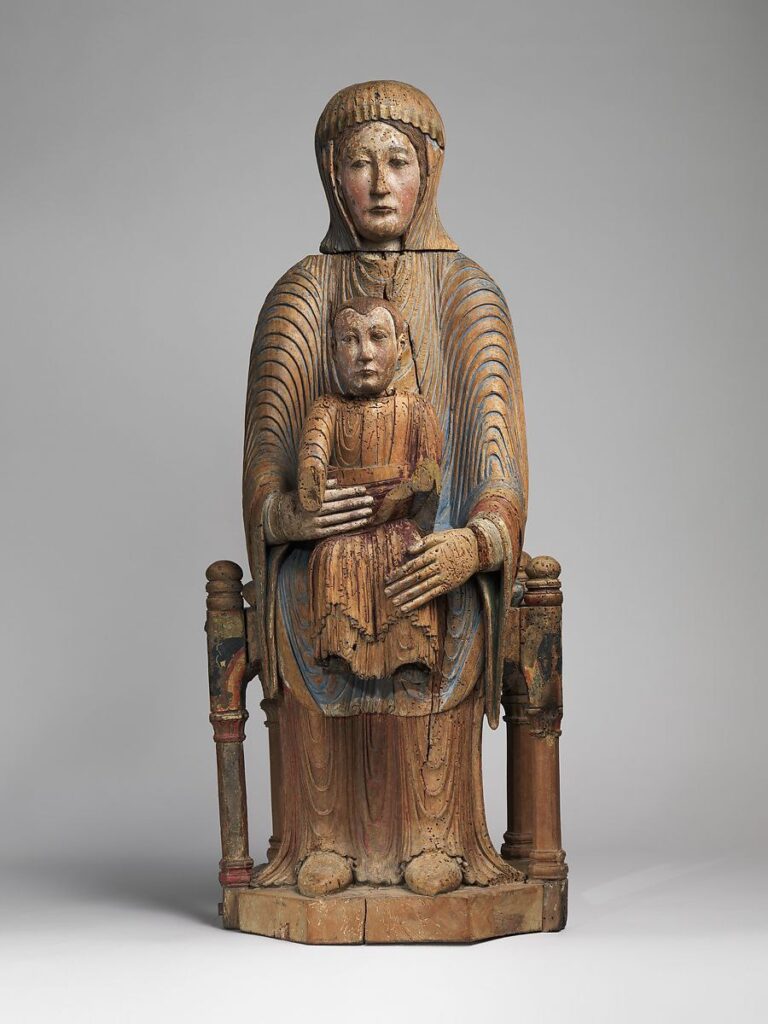


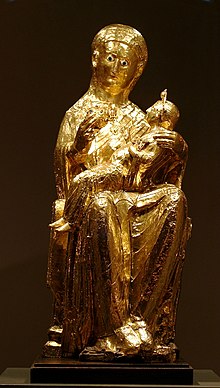
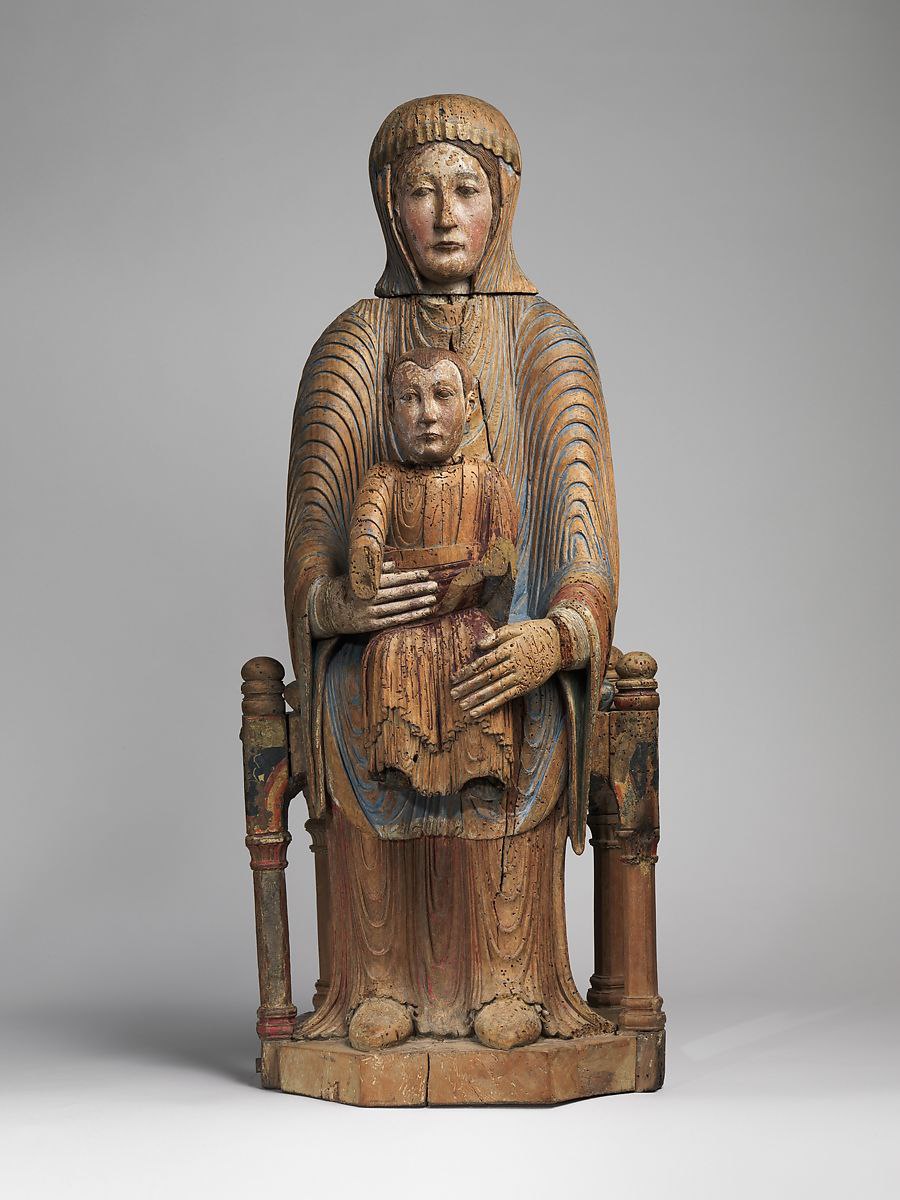 " alt="Virgin Mary in art and religion" loading="lazy">
" alt="Virgin Mary in art and religion" loading="lazy">

